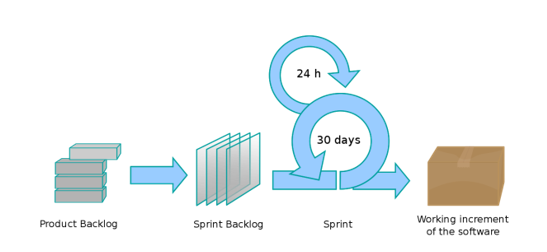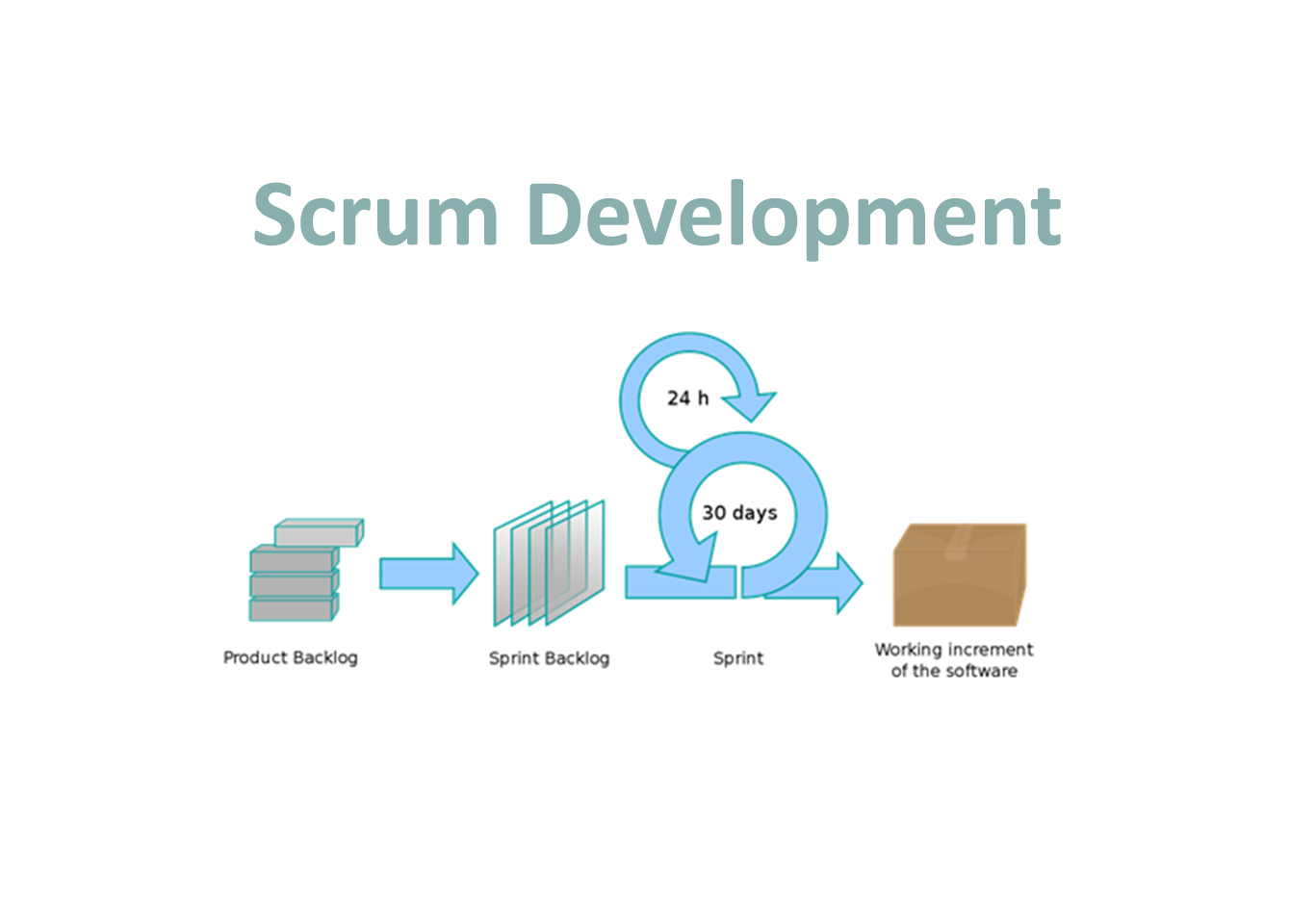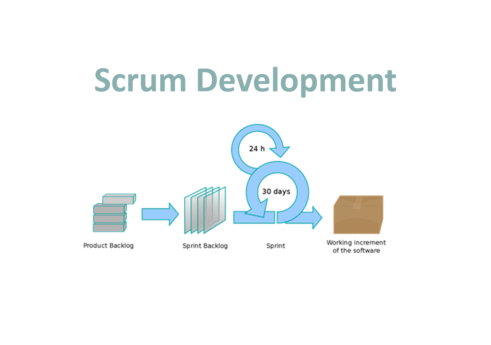Introduction
A scrum is an agile framework useful for solving complex problems. It provides productively and creatively delivering products at highest value possible.
Scrum was introduced in 1993 by Ken Schwaber and Jeff Sutherland. Scrum is a lightweight framework that helps people, teams to generate value through solutions for complex problems. It is the most popular agile framework. There are hundreds of methods and tools under agile. This is one of the mostly used for building complex problems. What scrum does is it divides the organization resources into small parts. It divides the time allocates to a given project into specific iterations.
Scrum implements the principles of agile. It helps teams work together. This methodology has its sprint for 2-4 weeks long. In this, the software is developed based on iterative and incremental process. The primary objective of this framework is to satisfy the client’s need through an environment of transparency in communication, collective responsibility and continuous progress. Scrum has many people who perform their specific tasks. The group mind set and teamwork involved makes it more reliable.

The six principles
- Control over the empirical process.
- Self-organization.
- Collaboration.
- Value-based prioritization.
- Time-boxing.
- Iterative development.
Development phases
- Product backlog creation
- Sprint planning
- Working on sprint
- Testing
- Next sprint planning
When to use Scrum development?
- When the requirements are not clearly defined.
- Changes can be required during development.
- When a product needs to be tested.
- When the team has self-management skill.
- When the client is fully available.
- When the client adapts to change.
Benefits and Drawbacks
Benefits
- Scrum safeguards effective use of time and money.
- Large projects are easily managed.
- It creates system transparency.
- Clients feedback is receiving on every short sprint.
- Individual effort is visible.
Drawbacks
- Not suitable for large projects.
- Difficult for planning and structuring the project.
- It requires experienced and expert team members.
- Team members may suffer from frustration due to daily meetings.
- There are no deadlines for delivering the project in this software development methodology.


